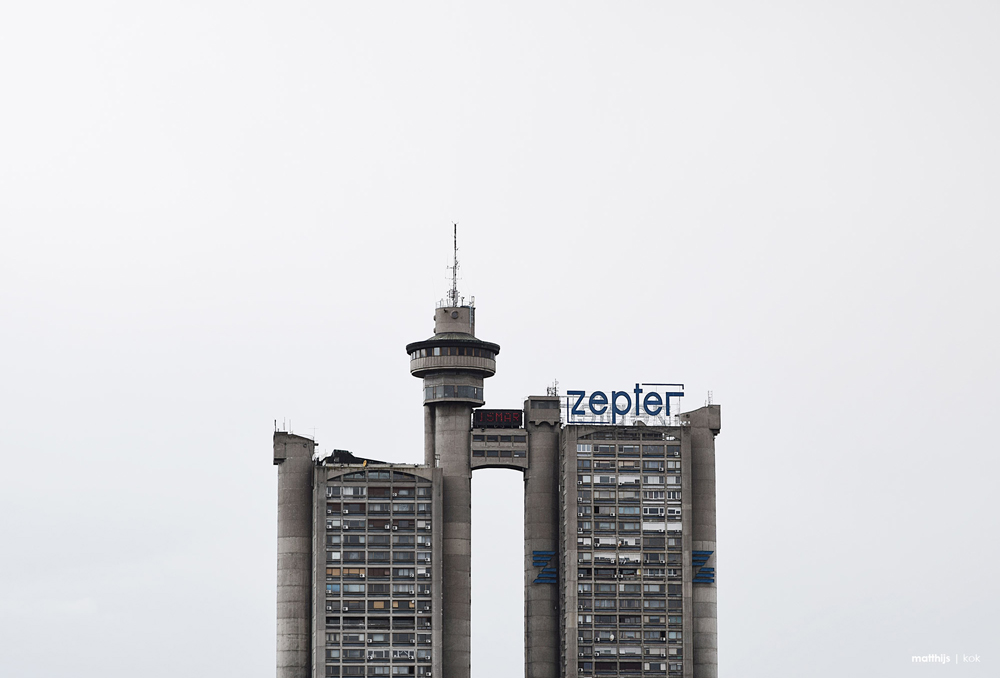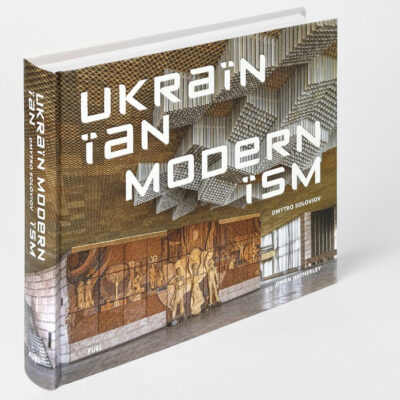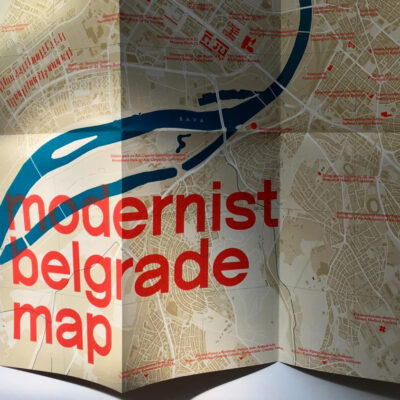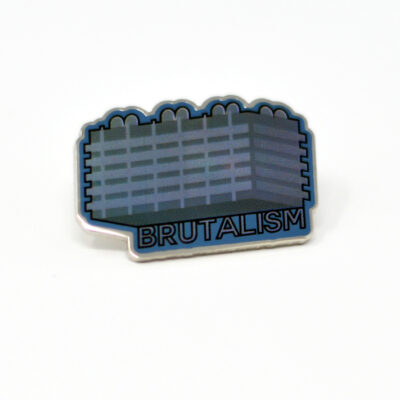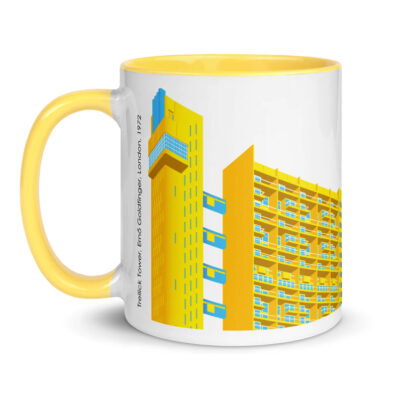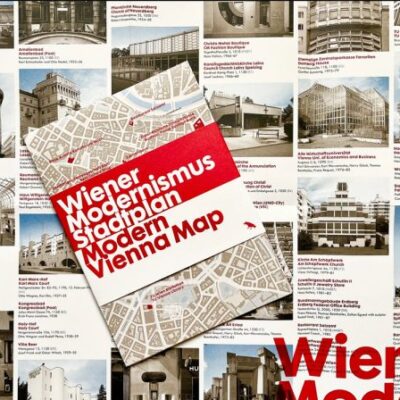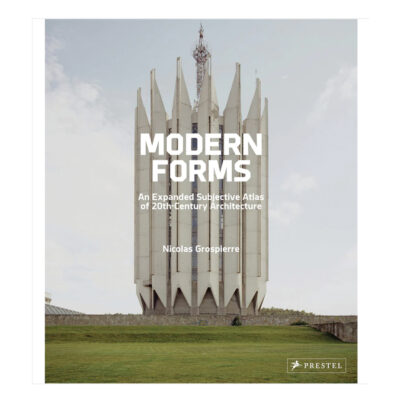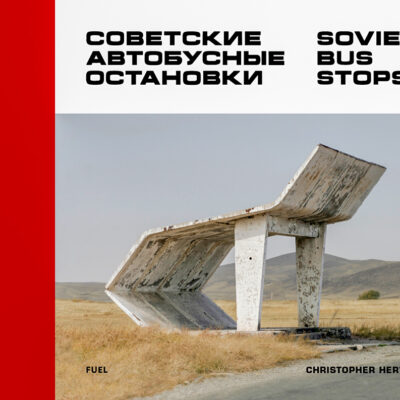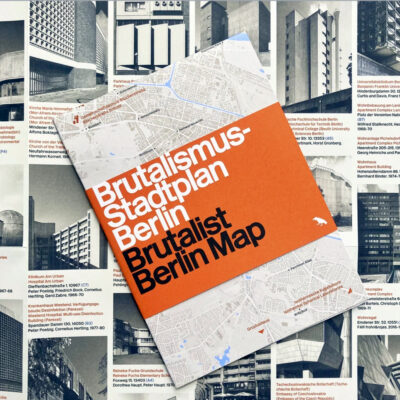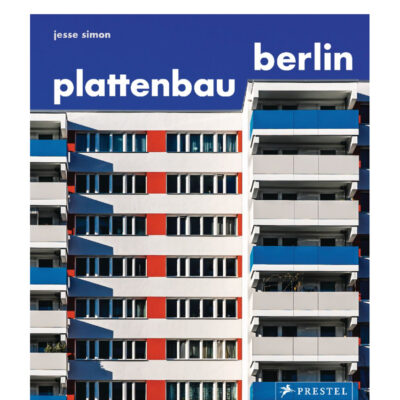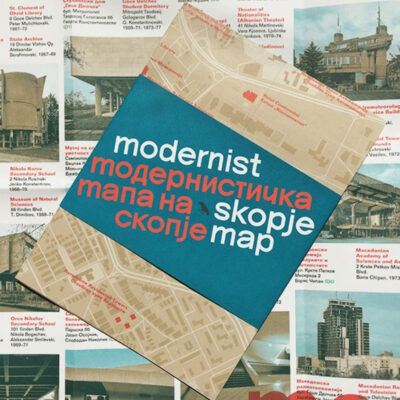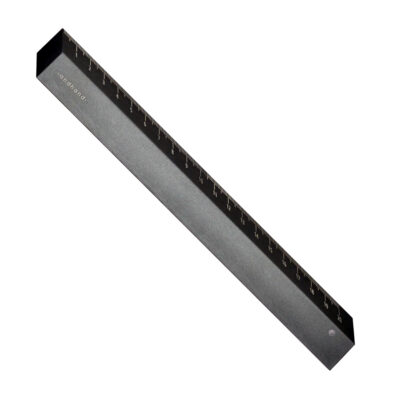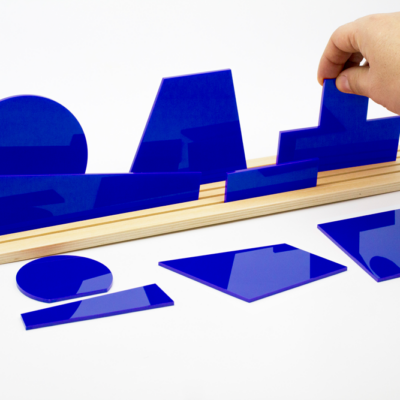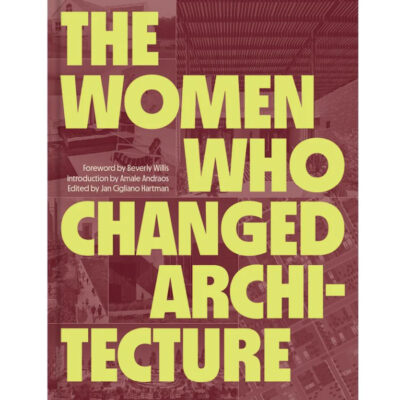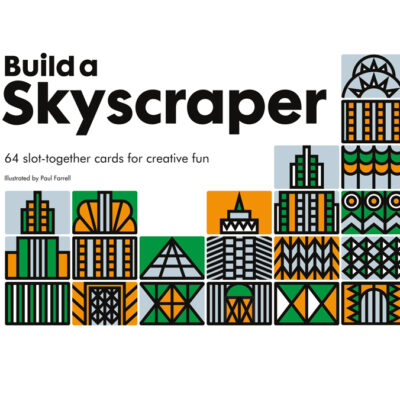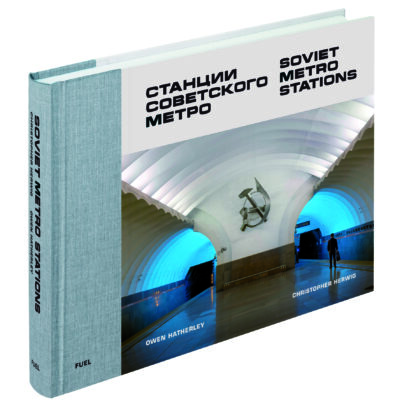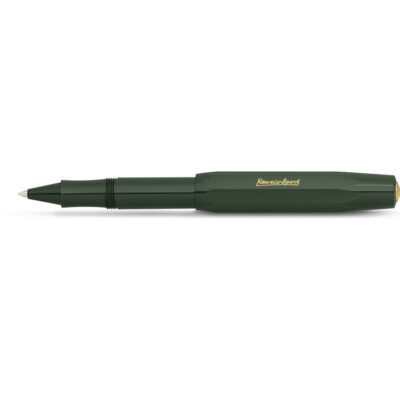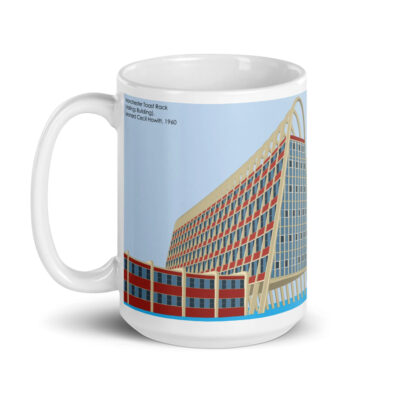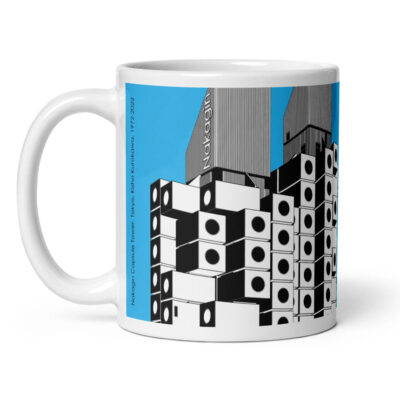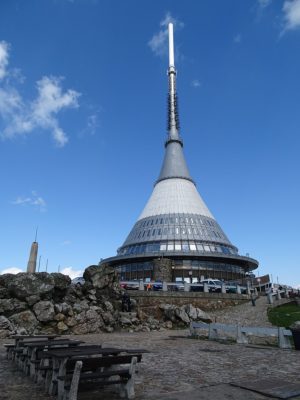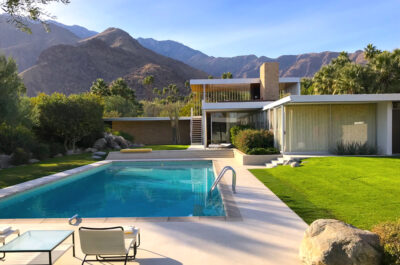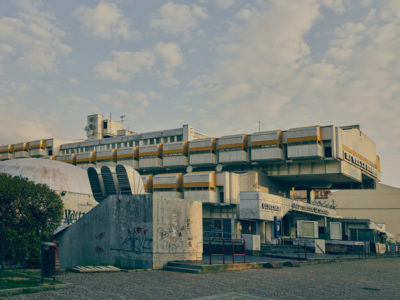Brutalist Belgrade
by
Matthijs Kok
Belgrade, a city full of experiments and a dream destination for
Brutalist architecture fans
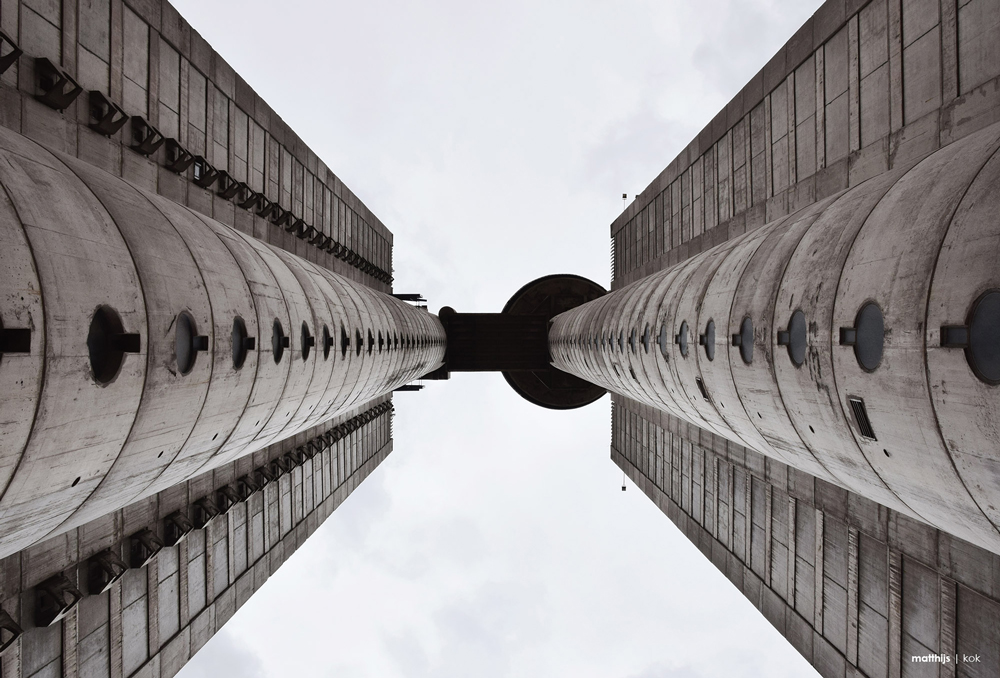
Genex Tower, Western City Gate
New Belgrade or Novi Beograd is a municipality of Belgrade. Constructed after WW2 in the capital city of the newly created Federal Socialist Republic of Yugoslavia. The communist era architects and town planners built New Belgrade brutal, exacting, and autocratically monumental. The enormous scale of “Blokovi” or “the Blocks”, the fitting name given to the urban neighbourhoods of New Belgrade, is difficult to exaggerate. Now it is like an open-air museum, a showcase of mass-produced large scale socialist architecture and urban planning.
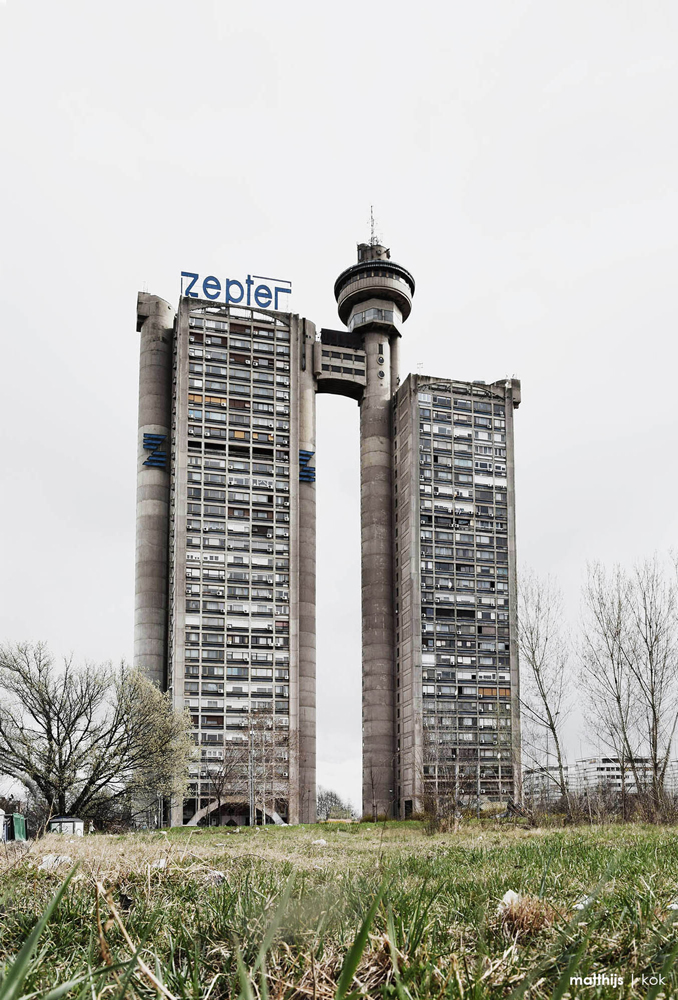
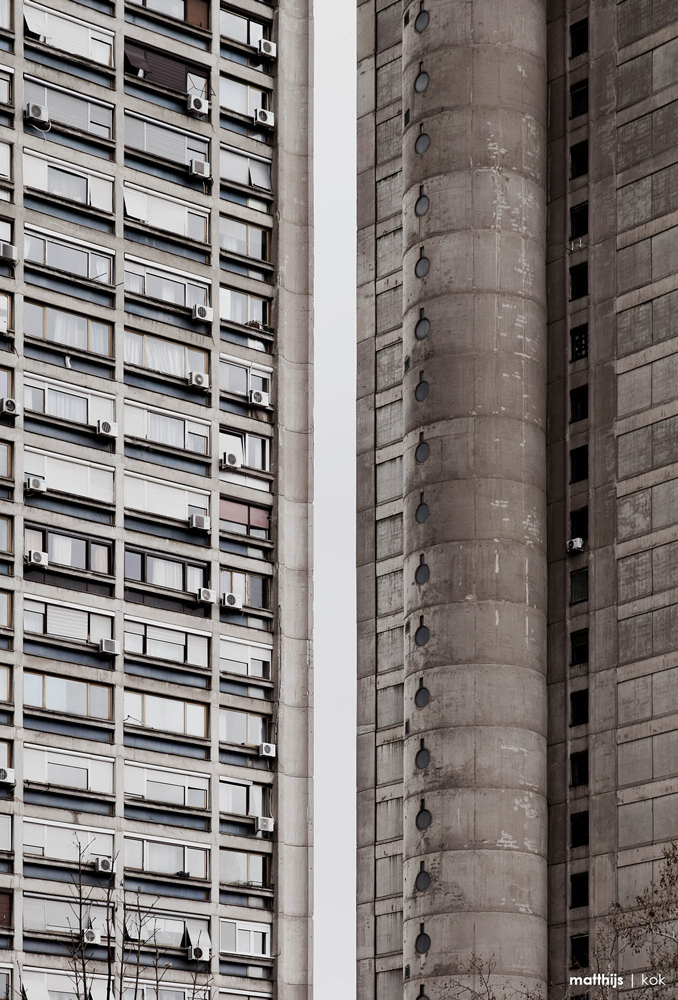
Genex Tower
Immediately following the Second World War, Josip Broz Tito firmly controlled socialist Yugoslavia. Belgrade was named as the capital, a huge construction project was put in place. The deserted area adjacent to Belgrade’s Old Town transformed into a new city, making Belgrade the massive European capital that would be representative of the socialist state of Yugoslavia. Building began in 1948. Four years later, Novi Beograd was officially designated as a municipality.
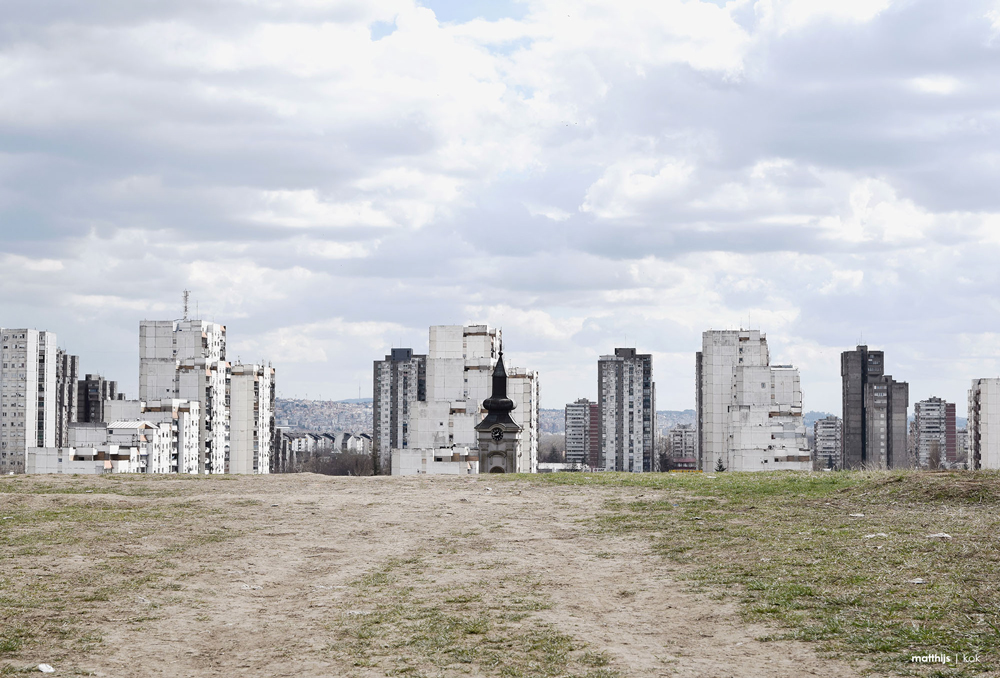
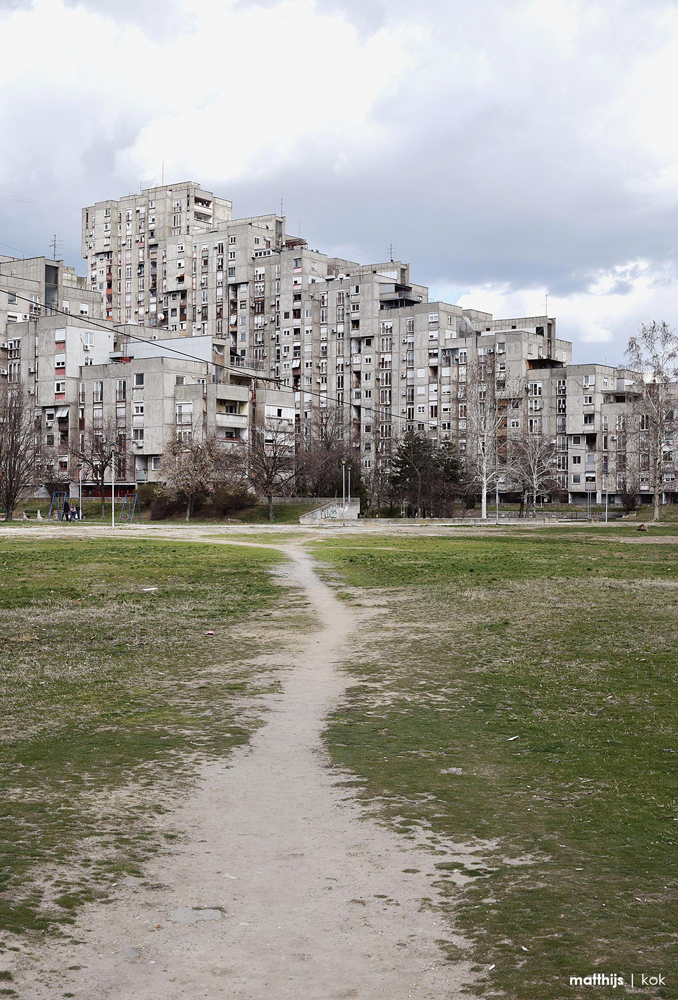
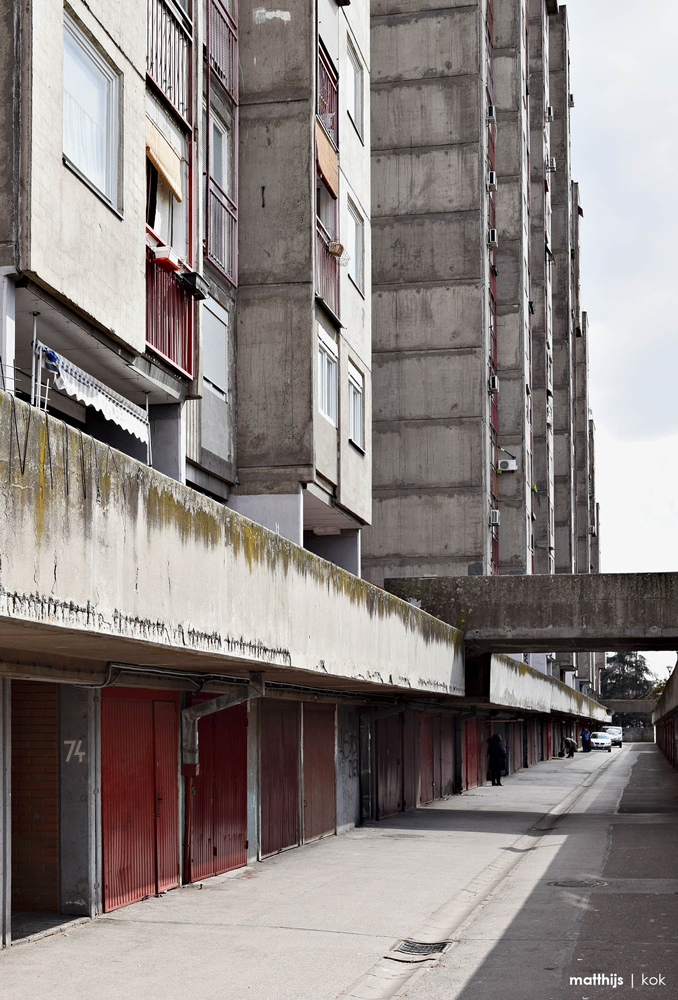
Blok 62
Compared to the West, this planned city had a greater focus on shared spaces and shared labour, with the intention of promoting a more communal way of life. Split into blocks, these communist neighbourhoods were typically crammed full of kindergarten, designed to maximize the efficiency of childcare while both parents went out to work. The blokovi are designed according to varying concepts and types, producing different forms of urban space from block to block, and ultimately resulting in a kind of catalogue of the virtues and vices of the modernist city. New Belgrade remains perhaps the best example of a fully functioning would-be socialist utopia today.
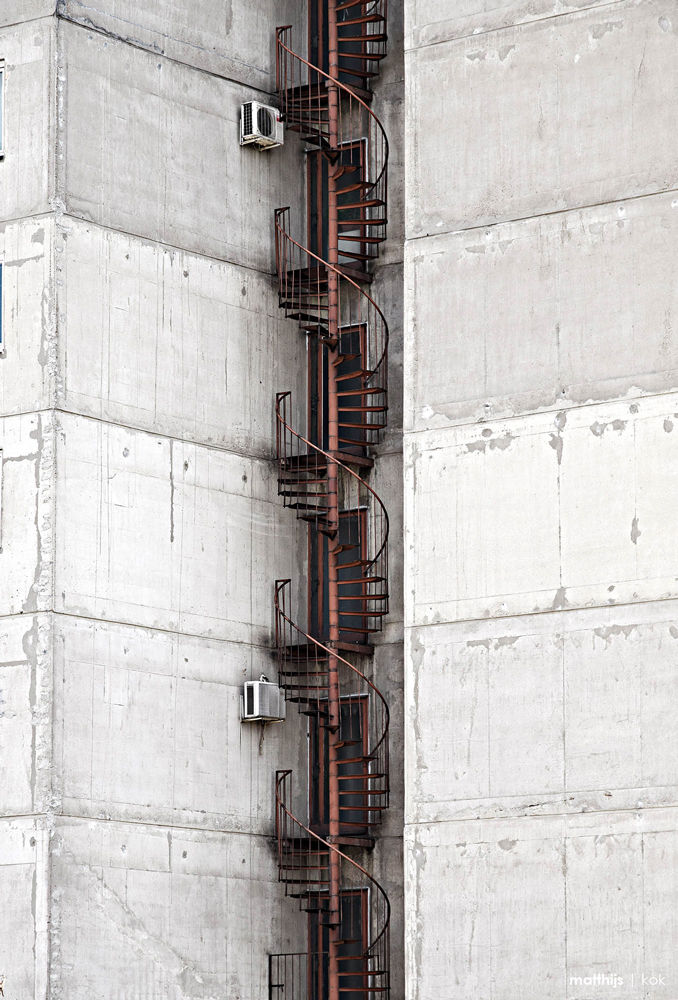
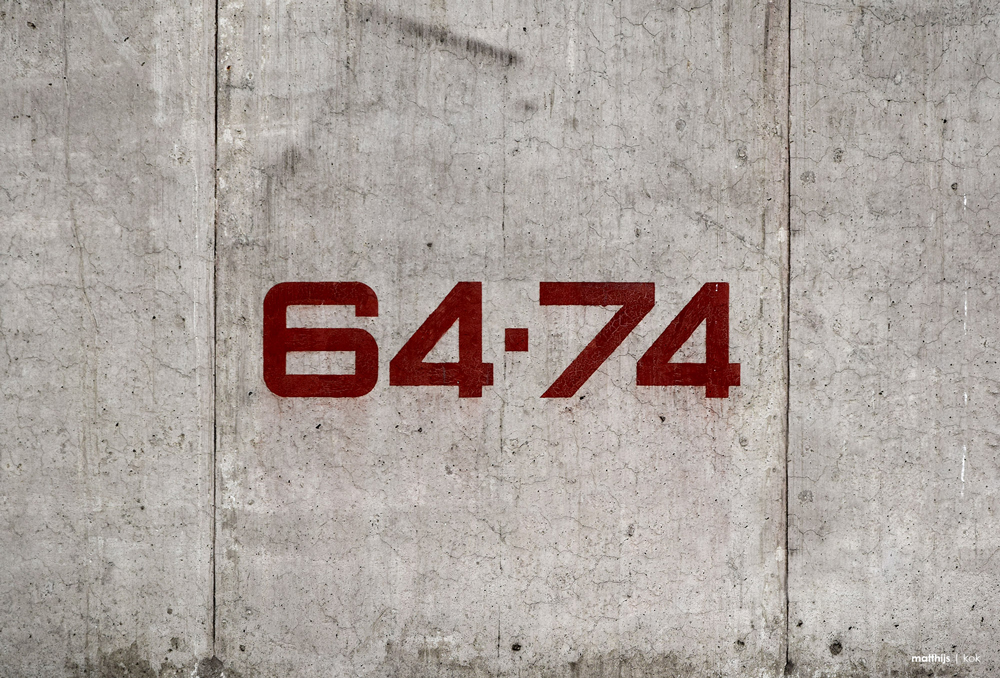
Belgrade Typography
It’s remarkable that the neighbourhoods around these communist buildings in New Belgrade have such a peaceful atmosphere, although they are full of life in comparison with the busy centre of Belgrade’s Old Town. Despite its crumbling buildings and empty fountains, children are playing, mothers with pushchairs walk by, and old men play chess in courtyards.
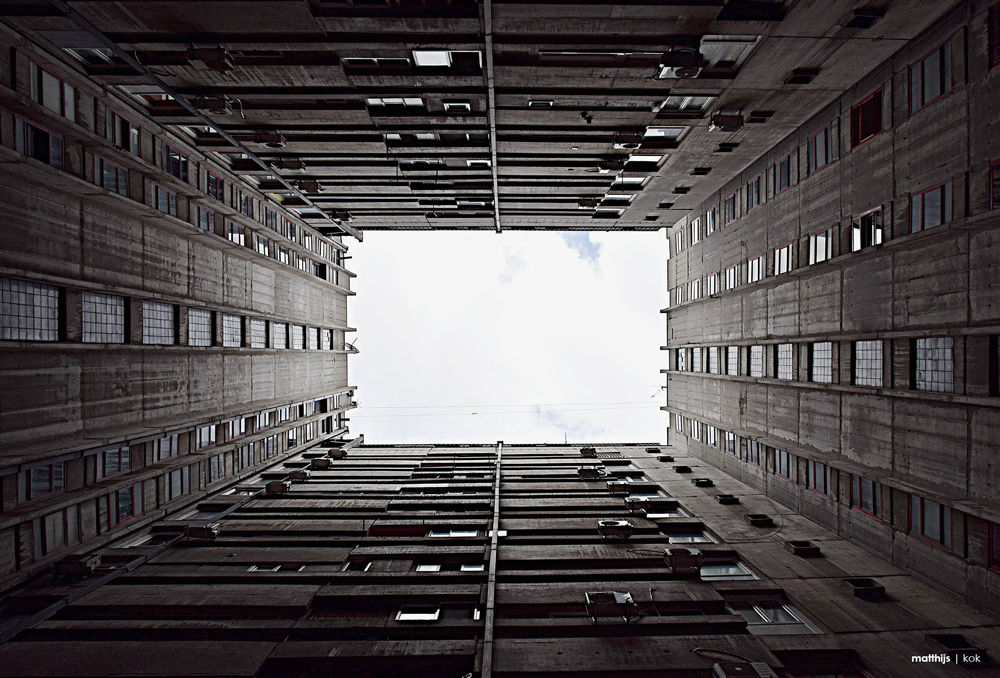
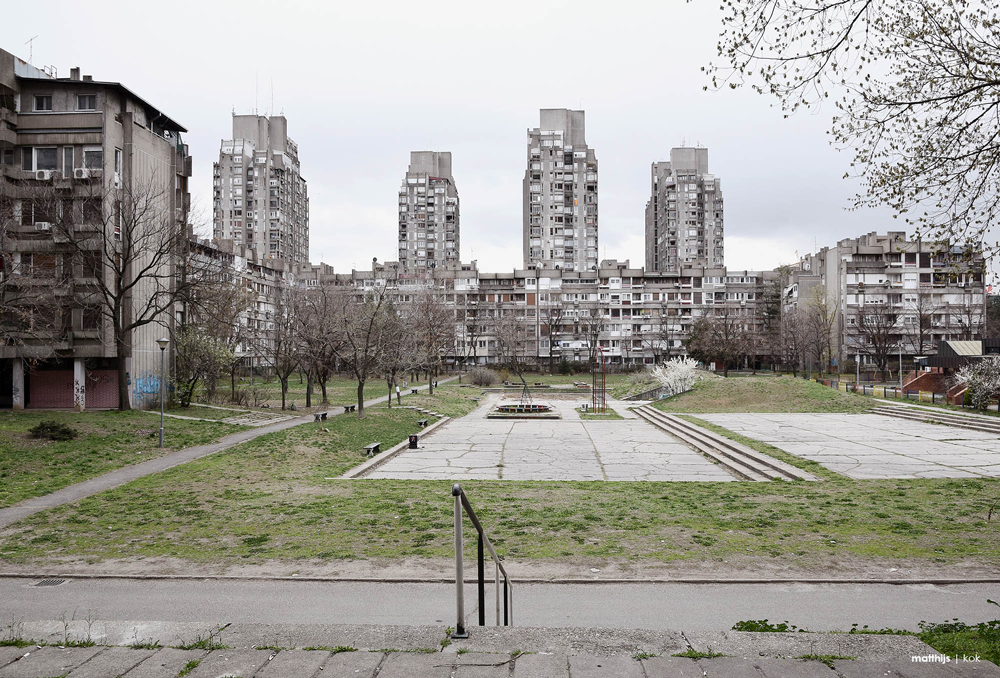
Blok 23
What to see
Hotel Jugoslavija, the Palace of Serbia and the Sava Centre are important examples of mid-twentieth-century Yugoslavian architecture in New Belgrade. Don’t miss the Western City Gate. Known locally as the Genex Building, it rises above the New Belgrade skyline. This tower is one of the most recognizable structures in the city and one of the most impressive examples of Brutalist architecture in the world.
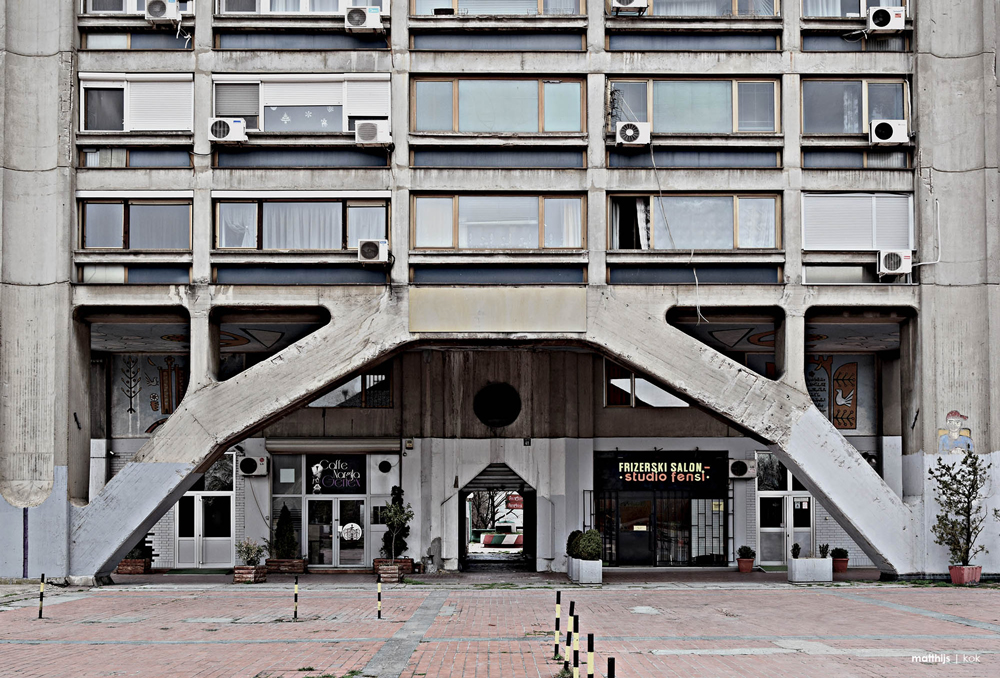
Ground floor Genex Tower
It is, however, the blocks, filled with socialist residential housing designed in its Brutalist-style that give the entire area of New Belgrade its science-fiction feel. Each block features its own kind of angular, rough, Brutalist architecture. Standing in between the step-like triangular residential buildings of blocks 61, 62 and 63 makes you feel very small.
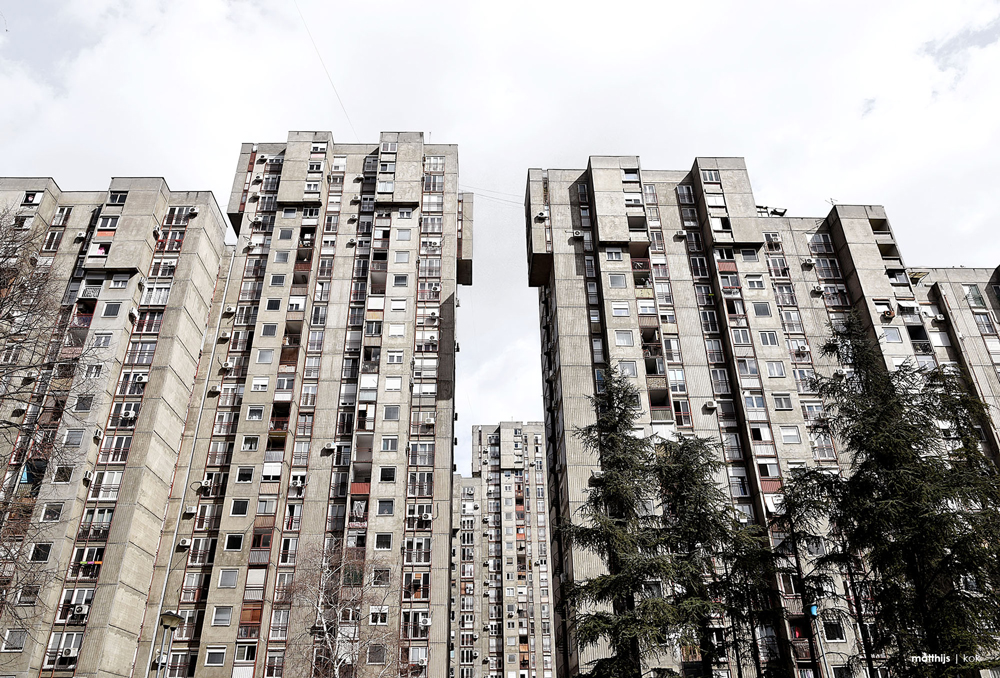
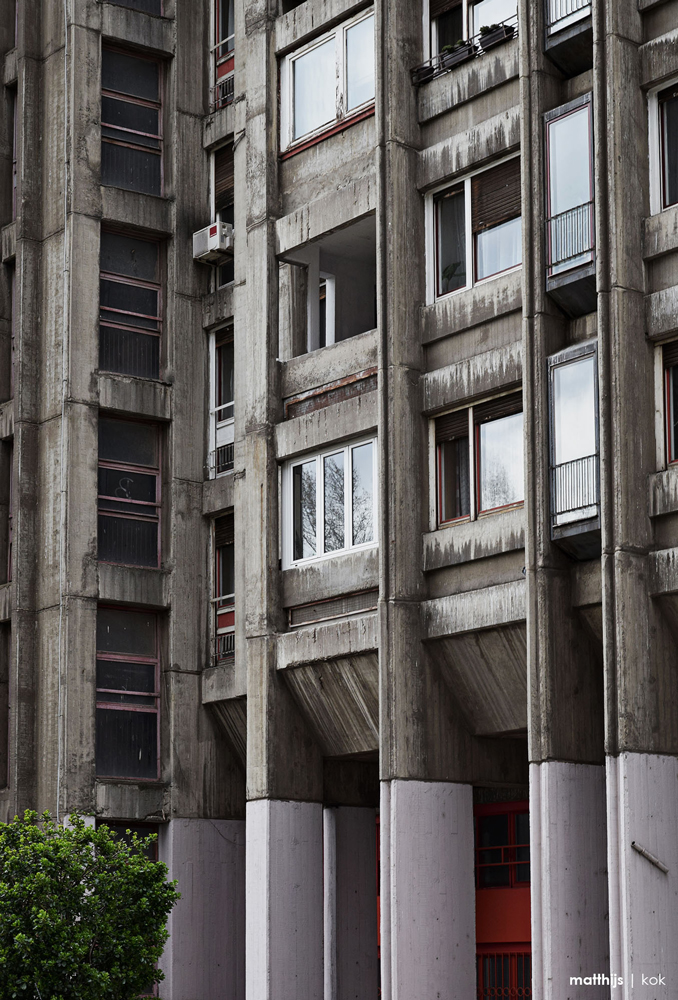
Blok 23
It’s worth gazing up towards the buildings while standing in between the parallel rows. Wandering through block 23, one of the only blocks still fully authentic to its original plan gives the best impression of the idealized image of urban strategy according to functionalist principles. Large public spaces, a community centre, primary school, kindergarten and a sports space, walled in by mega blocks and overlooked by four dominant 17-floor high-rise residential towers. There is no better way to take in the brutalist sights than by bike.
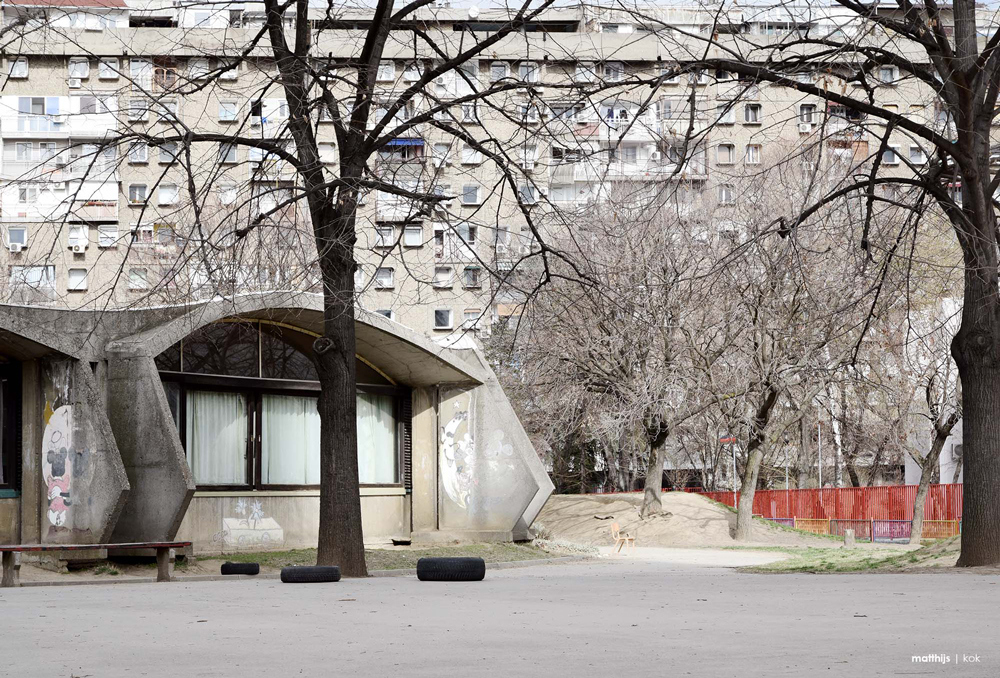
Day Care in New Belgrade
Brutalist Gems
Brutalist gems can be found in many parts of the city and on the other side of the River Sava. One Brutalist building not to miss is Riska Sekerinski’s 1963 Karaburma Housing Tower. Locals nickname it the Toblerone Building, thanks to its sharp triangular features. The Eastern City Gate building arrived in the 1970s on a hillside on the outskirts of town, it is known locally as the Rudo Building. It has three towers constructed on a circular base giving the optical illusion that two towers are in the foreground and one tucked behind.
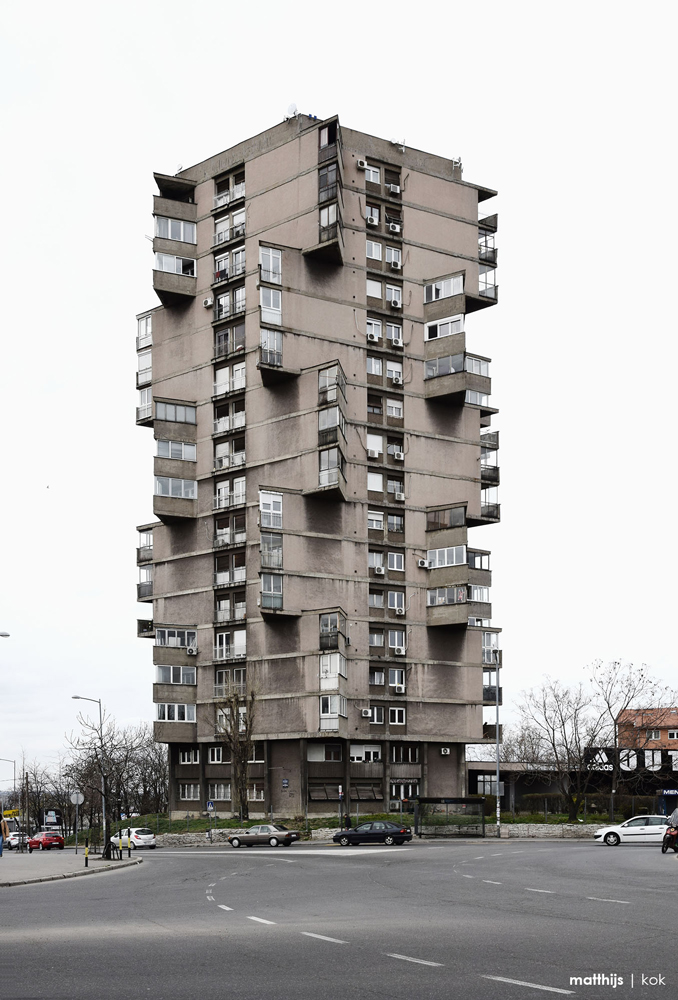
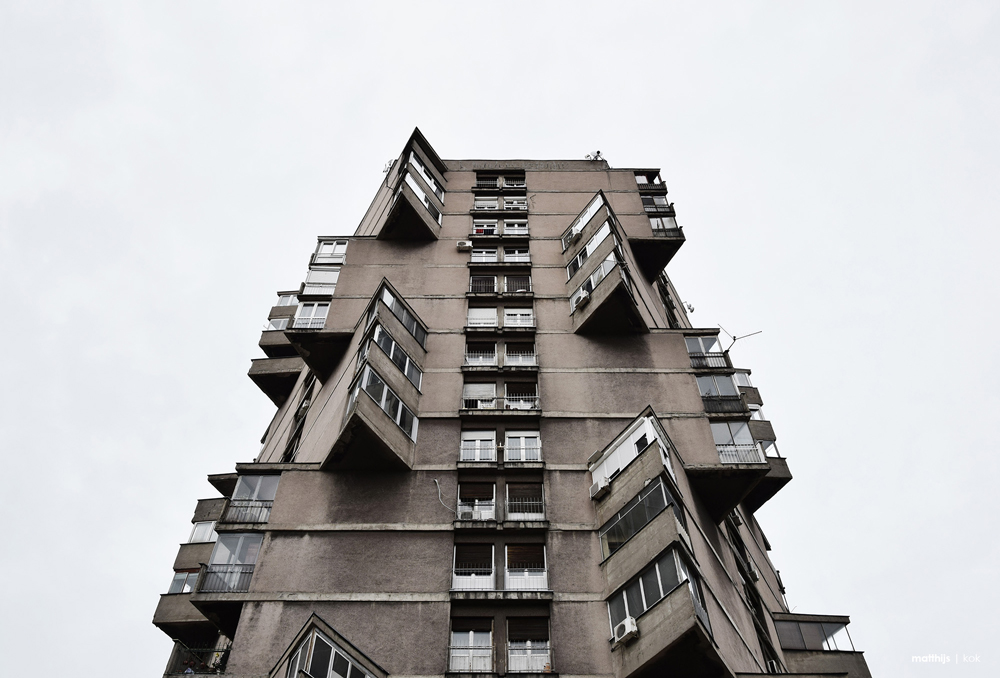
Toblerone Building – Karaburma Residential Housing
An End To The Socialist Dream
New Belgrade alone is enormous, and there is more than enough to see to fill a full day. It is easy to explore. Regardless of its concrete poetry, there is a sad irony to these monumental buildings. The socialist dream of large-scale socialist architecture and urban planning was all about building strong, authentic communities. However, after the breakup of Yugoslavia and the end of its socialist dream, the buildings that had brought these communities together are themselves falling apart. There is very little funding given for their maintenance. Many facades are in extremely poor condition. For example, from 2013 onwards, concrete chunks up to 60 kg (130 lb) began to fall off the Rudo Buildings. Just as Brutalist Belgrade is surfing a wave of positive international attention, its concrete creations are crumbling.
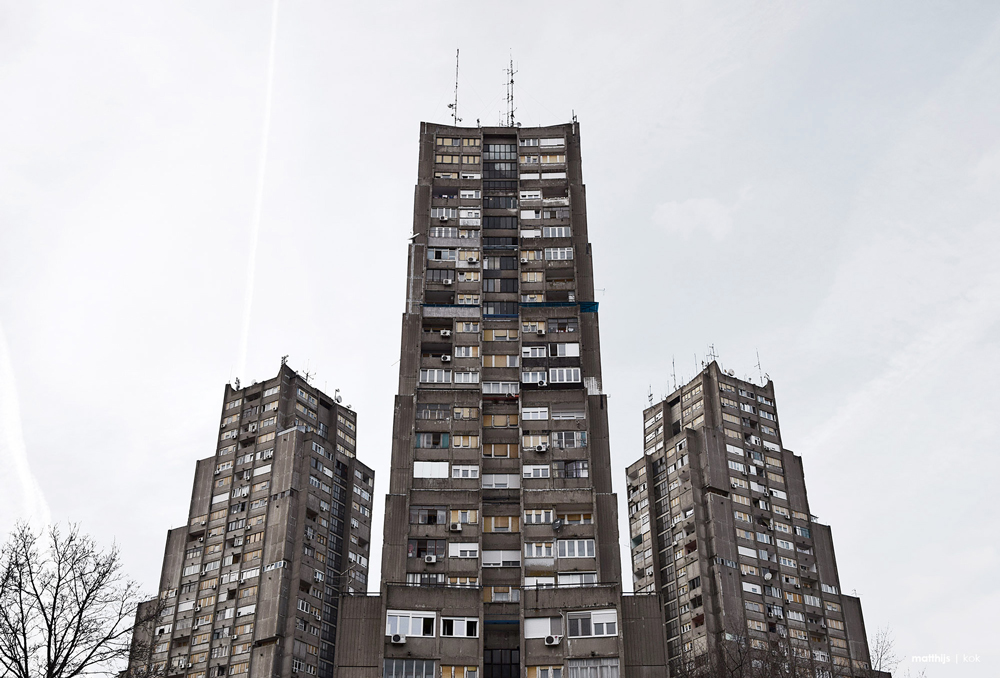
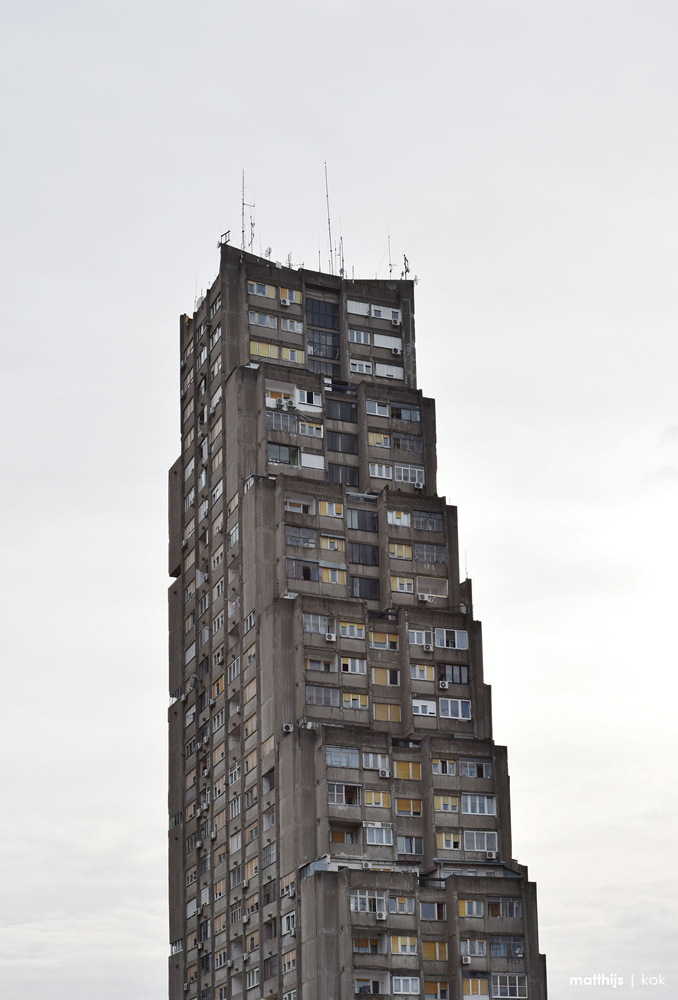
Rudo Buildings Eastern City Gates
About Matthijs Kok
Matthijs is an industrial designer and photographer based in Amsterdam. He is passionate about travelling and has visited over 40 countries. He is always looking for inspiration for his work, mainly in art and architecture, in the last few years he has become more and more fascinated by the sculptural aspect of Brutalism. He describes it as monolithic and bold, an imposing expression of material and form. In his quest to discover Modernist and Brutalist architecture, he has travelled to Russia, Belarus, Ukraine, Poland, Slovenia, Slovakia, Bulgaria and Serbia. Matthijs plans to visit the rest of the Balkans and the former Soviet Union in search of more Brutalism.
All images are the Copyright of Matthijs Kok ©
Find Matthijs on Instagram at www.instagram.com/matthijskok.nl
Check out Matthijs’ website www.matthijskok.nl
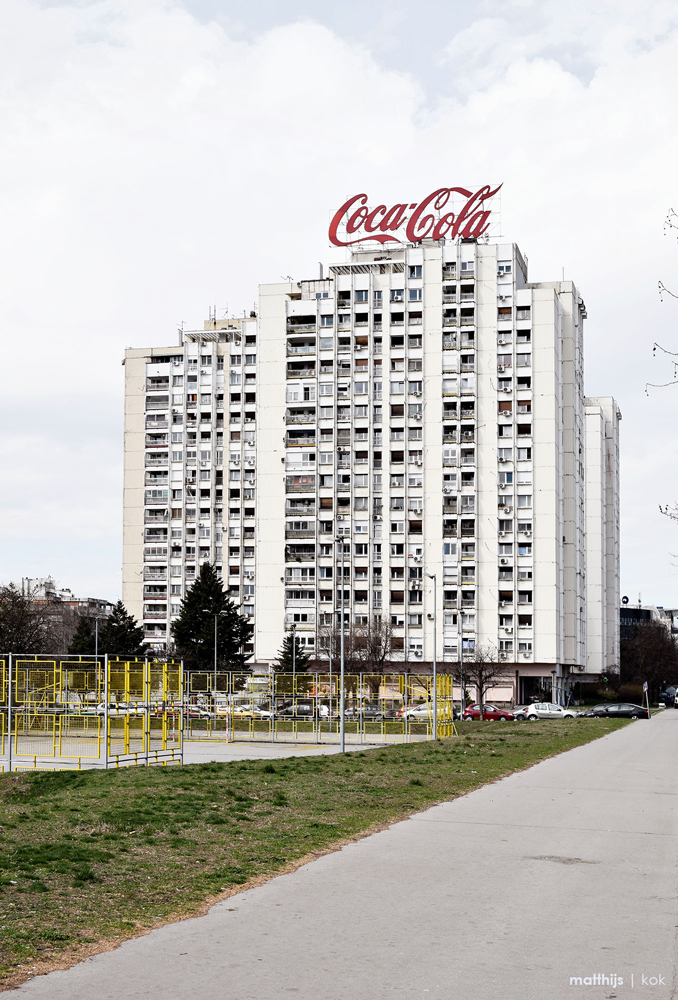
Greyscape Asks Matthijs:
Your favourite book?
This Brutal World, Soviet Bus Stops & CCCP: Cosmic Communist Constructions Photographed, are all great sources of well known and less known awe-inspiring Brutalist structures from across the former Eastern Bloc and the former Soviet Union.
Favourite documentary
BBC’s “Bunkers, Brutalism and Bloodymindedness: Concrete Poetry with Jonathan Meades.” A great introduction to the Brutalist movement, its background and ethos. Here are the links: Part one and Part two
Dish you tried we should all know about?
Pljeskavica, a Balkan variation of a grilled burger and flatbread filled with cevapi and ajvar. They can be found on every street corner and are must-tries when visiting Serbia.
